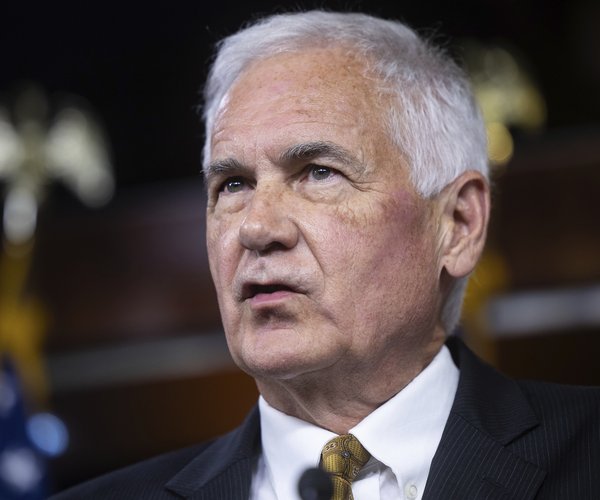Much we believe about turkeys is not true.
Myth No. 1: They were served at the "first Thanksgiving" feast in Plymouth, Mass. There's no evidence for that.
The Plymouth Colony governor, an observer wrote, "sent foure men on fowling" for the dinner. Fowling is an Old English reference to waterfowl. So ducks and geese were probably on the menu, not turkey.
Myth No. 2: Benjamin Franklin proposed that the wild turkey become the national symbol. He did call the bald eagle a bird "of bad moral Character" and praised the turkey as a "Bird of Courage." But he didn't endorse one bird over the other.
Myth No. 3: Hunters are a threat to the wild turkey population. To the contrary, hunters' license fees and conservation donations have helped save the turkey and other game birds by paying for habitat restoration. In fact, the National Wild Turkey Federation wants to attract 1.5 million new hunters over the next 10 years.
Myth No. 4 and the reason for this column: The wild turkey — once close to extinction — is home free in its North American habitat. (Why, just last month, I saw a turkey family pecking alongside an interstate.) But no, wild turkeys are again in decline, as reported in a recent Audubon magazine article titled "Wild Turkey on the Rocks?"
"The reintroduction of the wild turkey to North America is frequently touted as the greatest wildlife conservation success story of the last century," author T. Edward Nickens wrote. True, the continental population has rebounded from a low of a few hundred thousand in the early 1930s to about 7 million today, but turkey numbers are again tumbling in southeastern states. This is serious because the region is a traditional turkey stronghold.
At the dawn of the 20th century, the few viable populations left were found in Alabama, Georgia, Florida and South Carolina, federation biologist Tom Hughes explained to me.
To be precise, turkeys survived in these states' remote regions — deep swamps or rugged mountainous terrain where humans couldn't get at them.
The federation is winding down its trap-and-transfer program — though it continues to introduce turkeys to East Texas, considered a hospitable home, alongside the Gulf coastal plain of Louisiana and Mississippi. It now concentrates on improving habitats, currently in decline.
The cause, Hughes explained, is "changing land use practices as much as anything." This century has seen a huge transfer of Southern timberlands to investment management groups dedicated to squeezing faster profits at the expense of ecological sustainability. Earlier landowners didn't necessarily groom their properties to support brood rearing — high grasses for poults, woodlands for adults — to help turkeys, Hughes said, "but if not intended, their management activities, especially the use of prescribed fire, worked that way."
Washington politics pose another headache for lovers of game birds. "We are gravely concerned about sequestration," Hughes said. Here's the problem caused by the automatic spending cuts:
The Pittman-Robertson Act of 1937 put an 11 percent excise tax on the sale of guns, ammunition and archery equipment. The funds are returned proportionally to the states for managing and restoring wildlife habitats. The law requires a 25 percent match from the states, which get the money primarily from hunting licenses and other fees.
Sequestration has reduced state wildlife agency access to needed federal funds, upsetting the financial ecology of habitat restoration.
Never having eaten wild turkey, I had to ask: Is it better than the supermarket kind?
"I would say better, more flavorful," Hughes answered. "We consider them a delicacy in our house."
A feast for the eyes, ears and stomach, the wild turkey needs more human friends in its North American home. Reversing its triumphal return would be tragic.






